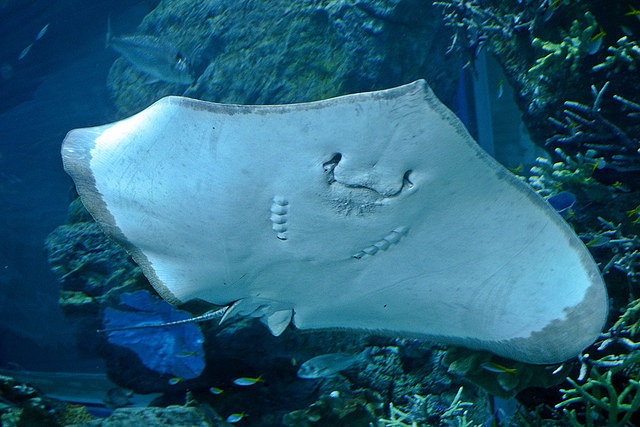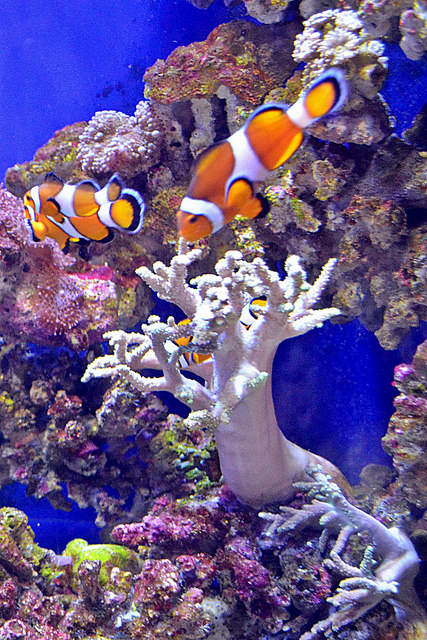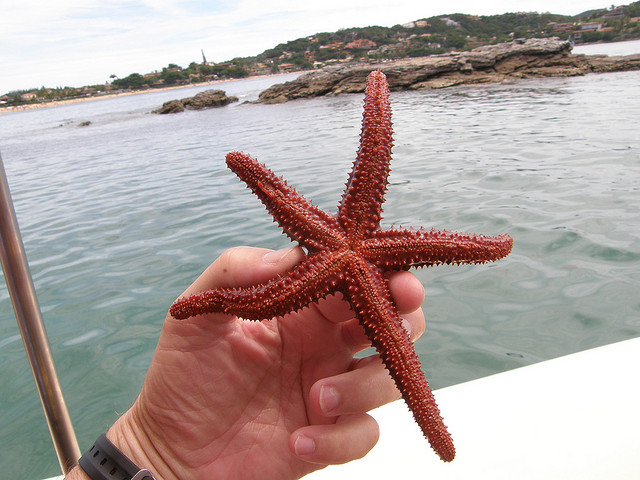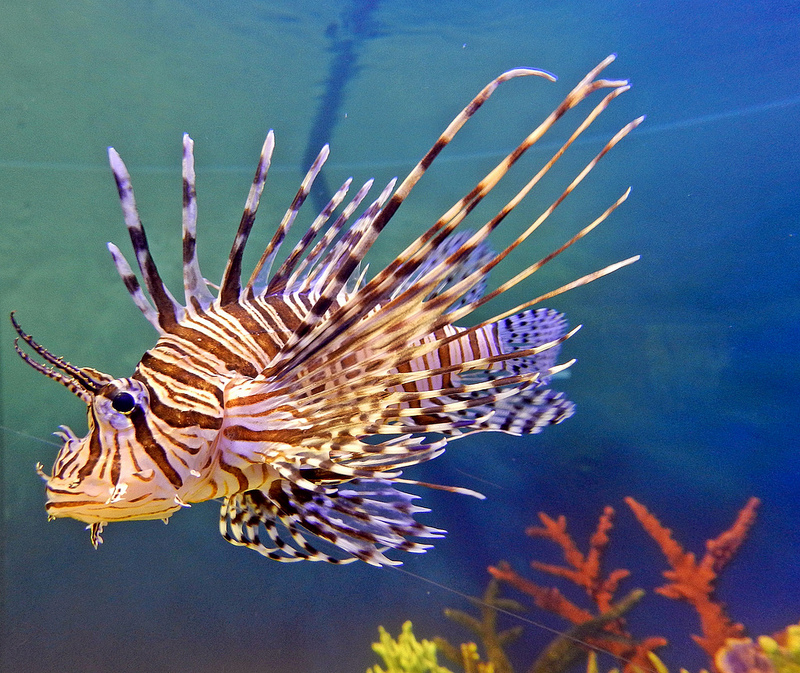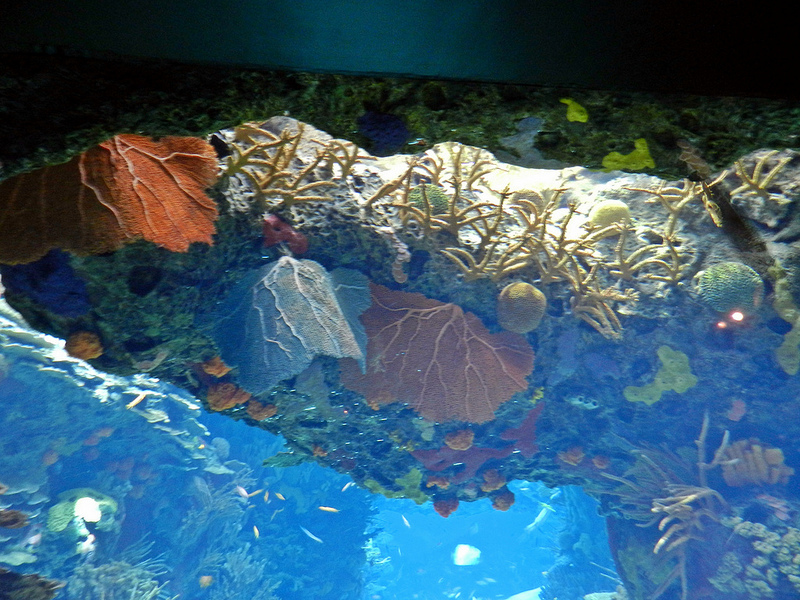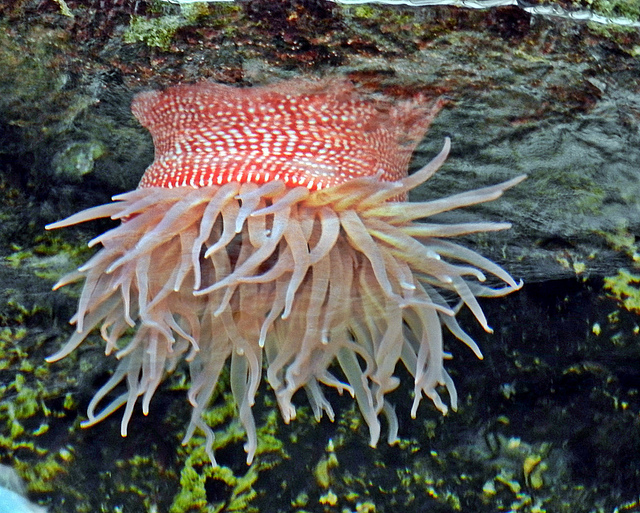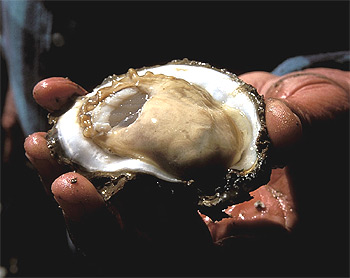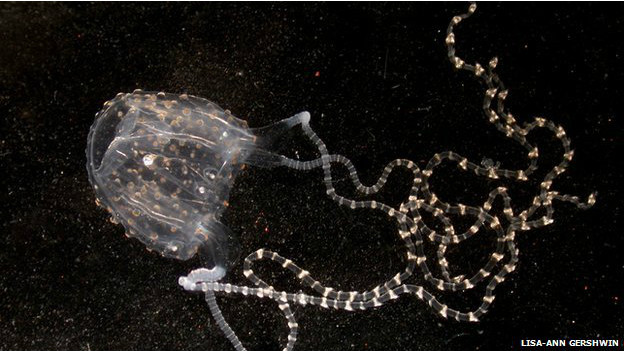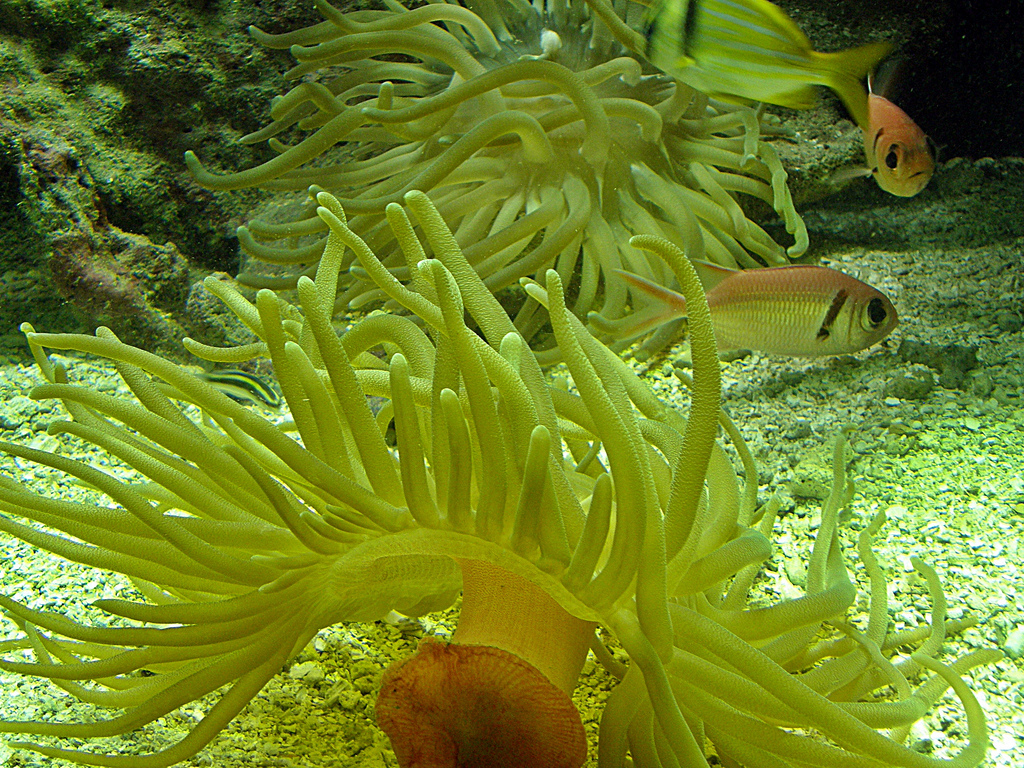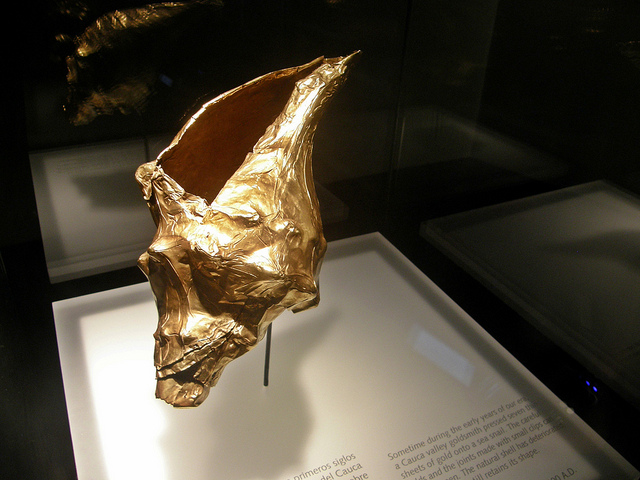Dermatological progression of a probable box jellyfish sting
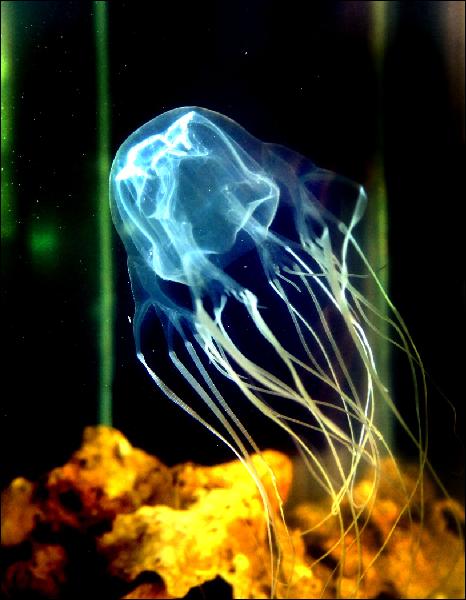
Unique report details dermatological progression and effective treatment of a severe jellyfish sting. sciencedaily.com, September 5, 2019. Summary: A detailed case report documents the dermatological progression of a patient stung by a jellyfish off the coast of Cambodia. The aim of this report is to guide clinicians and patients to understand what to expect after […]

